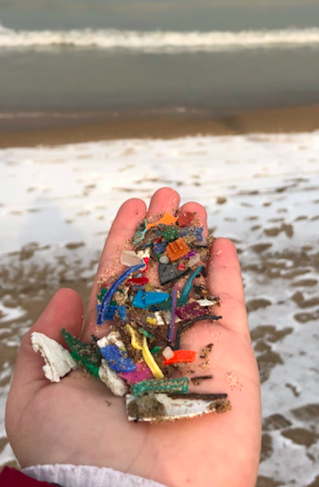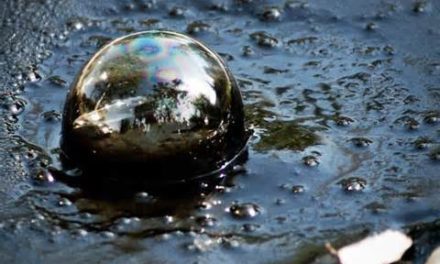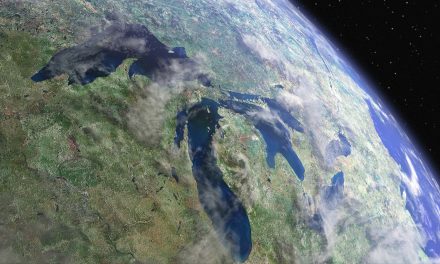
“Microplastics” is a hot-button topic in the media today. But what exactly are they, and why are they such a problem?
Simply, microplastics are any plastic particle 5 mm in size or less [1]. Some plastics begin as microplastics – think glitter or microbeads in face wash. Others come into existence as bigger plastics break down into smaller products, often as a result of processes like wave and wind friction or UV degradation.
Here are just a couple reasons microplastics are so problematic.
1. Impact on Wildlife
Microplastics, especially shiny or colorful ones, can be very attractive to animals. Animals can mistake these small particles for food. As microplastics continue to break down in the environment, they become invisible to the animal eye, meaning that the small pieces can even be ingested unknowingly. Plastic ingestion in animals can cause serious issues, and may even lead to death [2].
2. Impact on Us
Really small microplastics, known as nanoplastics, have been found in our water sources [3]. Many filtration and purification systems are currently incapable of properly removing nanoparticles from our water. Microplastics have been found in beers that source water from Lake Michigan [4], as well as fish living in the Great Lakes water system [5]. Beyond food, studies have shown microplastics are floating in the air we breathe [6]. The implications of human plastic ingestion, whether through consumption or breathing, are still being studied.
It is clear this problem is pretty pervasive. So, what can we do about it? There are many individual actions we can take to reduce our plastic footprint, and they can all be umbrella-ed under the concept of “smart consumption reduction.” This includes only buying what we need, avoiding single-use plastic products, and opting for products made of infinitely recyclable materials (like aluminum and glass). Many microplastics come from synthetic fibers found in items like clothing and carpeting. When purchasing those items, think of the materials they are made of, and try to stay away from synthetics.
While those actions will help prevent any of our plastics from ending up as microplastics, unfortunately microplastics still litter our beaches, waterways and communities. Consider partaking in a town, city or beach cleanup near you. If one doesn’t exist, start your own! If you have any questions about how to initiate your own cleanup program, please reach out to Maria for more information.
The takeaway is this: microplastics are small pieces of plastic, found almost everywhere, that are causing problems for humans and wildlife alike. Through individual and communal action, we can reduce the amount of microplastics found in Illinois. Are you ready to cut down on plastic in 2020? Let’s do it!
By María Dabrowski
Sources:
[1]: https://oceanservice.noaa.gov/facts/microplastics.html
[4]: https://www.ecosia.org/search?q=microplastics+in+beer&addon=chrome&addonversion=2.1.0




